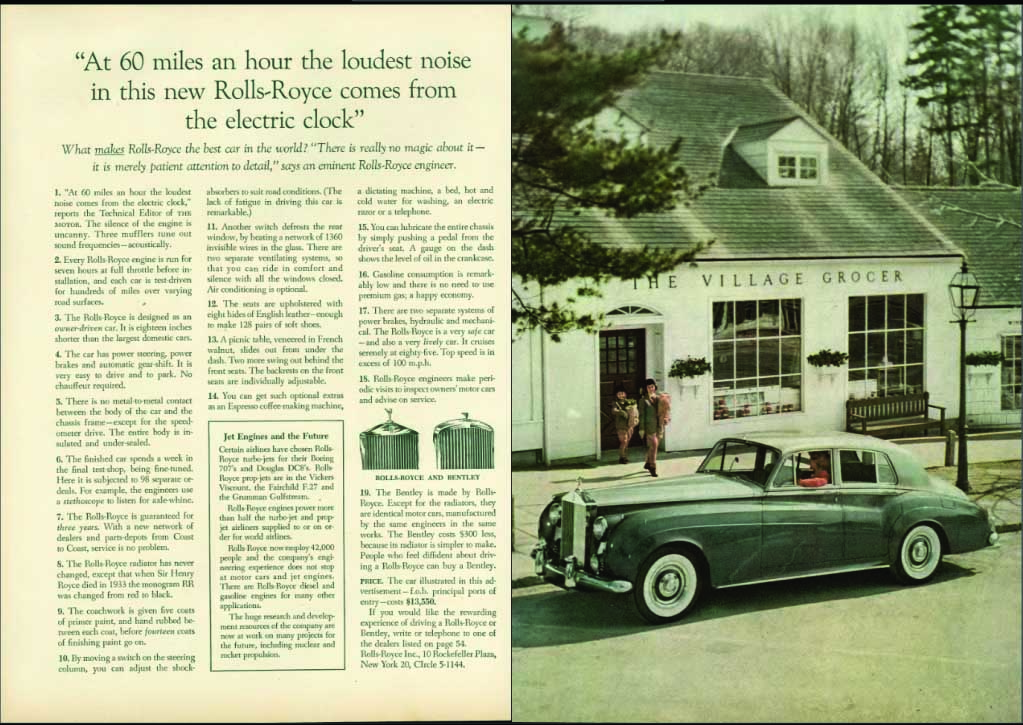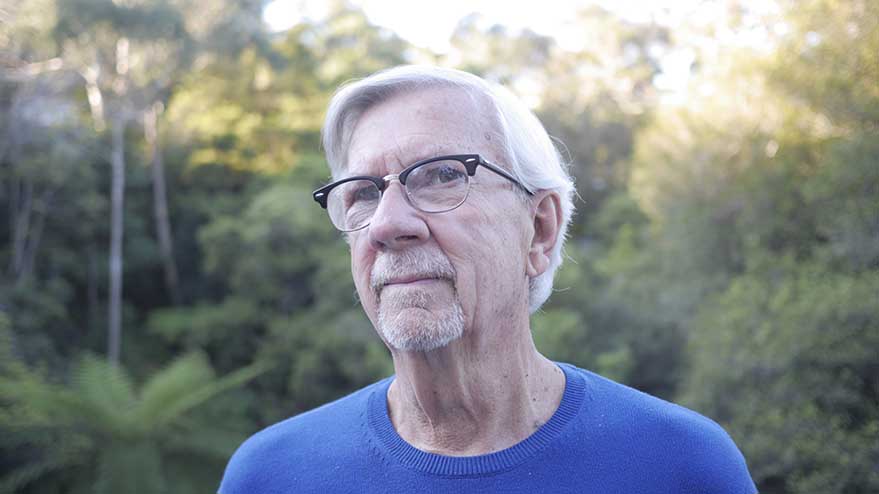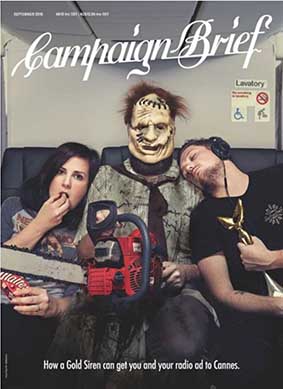Gawen Rudder: Why curiosity is an essential ingredient of advertising creativity
 Ad industry veteran Gawen Rudder believes creativity, whether derived from curiosity, enquiry, questioning, listening, or all of the above, involves that delicate balance of risk and responsibility.
Ad industry veteran Gawen Rudder believes creativity, whether derived from curiosity, enquiry, questioning, listening, or all of the above, involves that delicate balance of risk and responsibility.
The three Leos all seem to agree on one thing. Leo Burnett: “Curio-sity about life in all its aspects, I think, is still the secret of great creative people”; Leonardo da Vinci: “To become an artist you have to be curious… questions engage me throughout my life”; and Leo Premutico: “The best creatives don’t listen for the answer, they listen in order to find the right question …”
He continues, “…no one talks about the most important creative skill there is … listening … and it starts with listening to yourself.”
I first met Premutico, an AFA grad, back in the day and torn between soccer stardom and adland. A burst appendix meant advertising won, 1-0. Leo was hailed as a wunderkind, becoming the most awarded under-30 of his time. A year or so later, he co-founded Johannes Leonardo in New York, a current Ad Age A-Lister, and opened his doors to Aussie expat talent – think Tom Martin and Julian Schreiber.
Curiosity is an essential ingredient of creativity. In Victorian times, when children were meant to be seen and not heard, a questioning mind was actively discouraged. Picasso later suggested the rediscovery of what he called, “The precocious genius of childhood”, adding, “When the child grows up, that genius disappears without a trace.” Numerous studies have confirmed that creative thinking decreases as children grow older.
I spent seven happy years at John Bevins in Balmain. John encouraged us all to become archeologists – to dig, investigate, ask questions and unearth the hidden secrets of the brand. One such venture was for our new client Jalna. We set out for Thomastown, a rather unlovely suburb of Melbourne, not far from the airport. The dreaded factory tour. Donning a hairnet, white coat and those creepy post-mortem Silent Witness overshoes, we watched transfixed as the production line of pots and squirts spiraled dizzily before our eyes … unable to think of a searching question.
When the filled pots reached the end of the line, they were packed into cartons, (upside down as I recall) and dispatched to a holding room where, we were told, they would remain for some time.
“Why not straight to the supermarket warehouse?” came our question. “Ahh, our yoghourt (note the early 20th century spelling) needs to rest, the probiotic live cultures take time to activate and set naturally in the pot.” “But aren’t other competitive products made the same way?” we asked. “No,” came the reply. “It’s quicker and cheaper for them to use chemical accelerants to speed the process.”
The words ‘why’ and ‘how’ reveal what Rosser Reeves called the USP (Unique Selling Proposition) and Ray Black (father of AWARD School and more recently founder of Copy School), came up with the line, first used on the Jalna lid label, ‘created and set in its own pot.’ Today, some 15 years later, whilst the Bevins agency is sadly no more, the same ‘Pot Set Purity’ concept remains a cornerstone of the brand.
Words from the wise: Todd Sampson confesses, “I’ve never outgrown the ‘why’ phase. It drives my wife insane. Even my children don’t ask ‘why’ as much as I do.” Google’s marketing head reminds us, “Curiosity and creativity are never very far apart.” From the great George Lois, “Creativity is not created, it is there for us to find – it is an act of discovery.” And Sir James Dyson’s genius is a constant curiosity about how things work, and discovering how they can be made to work better.
As some might recall, Julius Sumner Miller hosted the popular 1963-1986 ABC TV series, Why is it So? A line successfully hijacked by its agency (was it J. Walter Thompson?) and presented by the good professor for Cadbury’s Dairy Milk chocolate with its then-famous, now all-but-forgotten line, “A glass and a half of full cream milk in every block.”
Robin Wight, the ‘W’ of Wight Collins Rutherford Scott was fanatical about what he called, “The agency’s most valuable weapon in its communications armoury,” best summed up in the much-quoted maxim, “Interrogate the product until it confesses its strength.” Given Wight’s fanaticism, it was virtually impossible to get an ad off the premises until it had been cross-examined to within an inch of its life. The result was what the agency dubbed ‘hard-centred advertising.’ As they liked to say, “Scrape a WCRS ad and you’ll soon be scratching your nail against a substantial and compelling product truth.”
Fast-growing international VCCP is also a big fan of curiosity. As co-founder Charles Vallance puts it, “Curiosity is very much a part of our culture. We believe a good idea can come from anywhere, which is why our founding principles encourage an open and enquiring working environment.”
The motor vehicle category has long been characterised by a serial sameness – self-image, product features, price points and performance. When David Ogilvy was awarded the Rolls-Royce account, he allegedly spent weeks researching, questioning and then discovering the scrupulous attention to detail that sets the marque apart. The discovery: That long and lauded 1958 headline, and even longer copy, ‘At 60 miles an hour the loudest noise in the new Rolls-Royce comes from the electric clock.’ Less well known is his discovery that its three mufflers tuned out sound frequencies – acoustically. To this day, the factory apparently still has warning signs: ‘Beware – Silent Cars.’
Closer to home, respected board director, and former M&C Saatchi and Y&R chief Naseema Sparks, takes a broader view. As a recent recipient of the Order of Australia she advises: “Creativity and curiosity are important for people wanting to advance their careers. Curiosity is an important trait and the more you can encourage people to be that way, the better.”
Creativity, whether derived from curiosity, enquiry, questioning, listening, or all of the above, involves that delicate balance of risk and responsibility. Either breaking out of the box, or sheltering safely inside. Unsurprisingly, I’m no great fan of Shakespeare’s (or whoever it was) fable, ‘Curiosity killed the cat’.

 Gawen Rudder [right] is principal of The Knowledge Consultancy, Sydney. This article first appeared in Campaign Brief magazine.
Gawen Rudder [right] is principal of The Knowledge Consultancy, Sydney. This article first appeared in Campaign Brief magazine.
To subscribe to Campaign Brief magazine click here. Magazine subscribers receive complimentary access to the online magazine archive (including current issue).

7 Comments
Best article of the year on creativity by a country mile. Nice one Gawen!
Excellent. Ben Jonson said it. I was curious, so I checked.
Thank you Gawen, great article.
I grew up on ‘How and Why Wonder Books’.
I believe that curiosity and creativity have an essential accomplice…resourcefulness.
And of course the Rolls Royce anecdote would not be complete without the reported response of a RR engineer after seeing the ad in print “We must do something about that clock”.
Great read, Gawen – thanks.
Though I’m wondering how many readers like me have recently found that curiosity – or the art of forever asking why – is nowadays misconstrued as defiance, recalcitrance or simple obstinacy, by the drones who run many agencies?
Thoughts, people?
And thank you Leezy
My thoughts – biased perhaps – if the curious question ‘why’ is framed as genuine interest, it should work for you.
As it did in the Jalna example where curiosity lead to discovery.
Curiosity can also lead to invention. One of my favourite examples of the enquiring mind at work is Sir James Dyson who asked why vacuum cleaners had to have bags, why air is better than towels to dry hands … although why should my wife have pay hundreds of dollars for one of his hair driers I don;t know!
@Leezy, @Gawen slash anyone reading…
While I take it the article is somewhat role-neutral in what it’s saying, I can’t help but think the ‘Why?’ has been all but removed from it’s place in creation of the everyday brief. A human truth or insight around a challenge used to be celebrated and rewarded with clever work (even for briefs that are part of an existing platform). Being curious is one thing, but being able to bring it to the table is another. Most readers will agree it should be like handing matches and a fire-cracker to the next person in line…
It’s strange that this is rarely discussed in the industry media and agencies (let alone being an ongoing mantra within them). It has a deep and overwhelming effect on the quality of our industry’s work – great, bad and absolutely fucking terrible. And, for what it’s worth, you can always tell where the ‘Why?’ is being properly discussed, because the agency’s work is new and interesting.